Having completed my two Snow Monkeys & Hokkaido, Japan Winter Wildlife tours for 2017, today we conclude our travelogue series for tour one with a condensed walkthrough of our last four days over on the Shiretoko Peninsula.
We spend three days in Rausu, where we photograph the sea eagles, and in the afternoon, we generally head down the Notsuke Peninsula, to photograph the deer and northern red foxes. On the way over to Rausu we visit a number of Ural Owl nests that I know of, but none of the owls are on their nests this year.
I have spoken to a guide friend in Hokkaido and apparently they all disappeared at the end of last year. This is probably due to some of the Asian country visitors throwing things at the nests to make the owls open their eyes or fly. The problem of Asian visitors treating the wildlife with total disrespect is a growing issue in Hokkaido, which needs action to be taken. I will be talking more about this in the coming weeks, as something absolutely despicable happened at the cranes the day before we arrived to photograph them on tour two.
Paying Respect
Anyway, on our way over to Rausu on our first afternoon, we paid our first visit to the Notsuke Peninsula, and had an encounter with the oldest Ezo Deer stag I’ve ever seen (right).
Artistically I prefer this photo, but I have a second from the side which shows the stags antlers better, and they are so big that the aging stag can no longer fully grow them with them becoming misshaped.
I was in two minds as to whether or not to include this image, but I decided to, because on tour two we found this old guy laying by the road almost dead. He looked in such a bad way that I felt sure he’d be bead before we revisited the peninsula the following day, but he had moved about 20 meters and was actually eating while laying down when we went back.
On the third day that we visited there was some blood and fur on the group where he had been, so we think that he had probably died and the park wardens removed his body, as the foxes had started to eat him. I’m not sure if that’s what happened, and I’m not sure that I agree to depriving the foxes of a good meal either, but that’s what we saw.
I shot this image with my 200-400mm lens with the 1.4X Extender engaged, for a focal length of 506mm and a shutter speed of 1/1000 of a second at f/9 with the ISO set to 2000. I could have gone a little slower on the shutter speed as he wasn’t moving much, but I was shooting hand-held with this long lens, so it’s better to speed it up a little.
Northern Red Foxes
On the same afternoon, we were able to photograph a lot of northern red foxes. More than I’ve seen on the Notsuke Peninsula before, and some of them were in pairs, like the ones in this photo (below). Here this pair were comparing the size of their mouths, which is something I believe they do to establish their pecking order, or to threaten the other fox.
Although I love to photograph the foxes on the snow, it was nice for a change to find them on top of these fishing nets. These nets too are usually under snow anyway, but we’ve had a warm winter in Hokkaido again this year. I shot this image with the same settings as the previous image, but with a focal length of 461mm.
Sea Eagles
The following morning, at the start of day nine, we went out for our first voyage to shoot the sea eagles. I have literally hundreds of photos of the eagles from this trip, so it was difficult to whittle down my selection to represent these majestic birds in this single episode, but I’ve tried to give you a good cross section as we progress today.
Most of the time the eagles are swooping down parallel to our boat, so the majority of our shots are naturally from the side, but occasionally they swoop towards us, as we see in this first photo of a Steller’s Sea Eagle (below).
There was no sea ice again for this first tour, which made it the third tour in a row now, as we didn’t get ice on either tour last year. I actually prefer it is many ways when there is no ice, as we now just through fish into the sea, so it looks more natural than the eagles taking fish from the top of the ice. Of course, the chances of an eagle catching a plaice from the surface of the water are almost zero, but we’ll have to overlook that.
I shot this image at f/10 with a shutter speed of 1/1000 of a second at ISO 800. For all of the eagle shots from the boat I used my 100-400mm Mark II lens.
Another shot that I wanted to share from this first eagle shoot is this one, of a White-Tailed Eagle. I have many shots of the eagles nicely framed, but something that I like to do is to get in so close that I purposefully crop off the wings to get a more intimate look at the bird, as I did here (below).
Of course I can pull back and get the entire bird in, but I just like doing this, even though it drives some people crazy. It gives us a better look at the details of the bird and the water droplets left by the catch. I shot this at 1/1000 of a second at ISO 400, with an aperture of f/10 at 400mm.
Canon EOS 5Ds R for Wildlife
In case you didn’t catch my mentioning this last year, you might want to note that I am shooting all of my images with a Canon EOS 5Ds R, including these very fast past wildlife shots. The autofocus is definitely up to the task, and with good technique you can certainly work with the slow frame rate. Rather than shooting long bursts though, you have to time your exposures perfectly.
I generally wait until the eagle sticks out its talons now before starting to release the shutter, and this usually gives me one frame with the talons forward, sometimes one with the bird looking like it’s standing straight up in the water standing on the fish, and a second or third frame of the bird pulling the fish out of the water. With just two to three frames per swoop, I don’t have to look through so many images, and I feel that this technique has helped to make me a better photographer.
After lunch we drove back down the Notsuke Peninsula, and were able to capture a number of northern red fox images again, but we got better images on our visit from the last day, so we’ll skip those today. Next up is a shot from the following morning with the eagles, as an example of my first frame of a burst, where a Steller’s Sea Eagle has his talons out forward, reaching for a fish (below).
As you may be able to see, we had some light snow on this second morning with the eagles, which adds some nice atmosphere. It was heavily overcast though, so I was shooting with ISO 4000 at this point, at 1/1000 of a second, with an aperture of f/9.
Push the ISO Not the Image
Using high ISOs still scares many people, but if you take control of your exposure and ensure that you are exposing to the right, so that the image data is close to the right side of the histogram, you really don’t see any grain, even with the super-high resolution of the 5Ds R body. That’s another myth that people like to use as an excuse to not like this camera by the way. I’ve taken great pride in blowing these myths out of the water over the last two years.
High ISOs on most modern DSLR cameras are only a problem if you allow them to intimidate you. Most people are scared to increase the ISO so they shoot a darker image and then try to lighten it up in post processing, but this causes the image to be recorded in the middle of the histogram, where you do start to see more grain, so when you push the image in post you amplify the grain. Then people feel thankful that they didn’t push the ISO further, adding more grain, but the reverse is true.
It’s much better to push up your ISO in the camera rather than push the image in post. Yes, I know all about ISO Invariance, but that only works if you can keep your base image at ISO 100, and when there is as little light as there was on some of these shoots, that’s not possible. I discussed how I tested the ISO invariance of my 5Ds R in episode 520 if you’d like to take a look.
At the end of our second eagle shoot, we spent 15 minutes photographing the eagles over the harbor wall. Because the wall has snow on it, it bounces beautiful diffused light back up onto the underside of the eagles, as you can see in this shot (below).
It was still snowing, adding that second level of atmosphere over the eagle, but also along the bottom of the image where the sky was slightly darker, making the snow stand out a little more. Pretty much all of the images that we’ve looked at so far are totally un-cropped, so the level of detail in these 50 megapixel files is absolutely incredible.
My Canon imagePROGRAF PRO-4000 printer has been sitting dormant for the last two months as I’ve travelled, but I’m looking forward, now that I’ve actually finished all three tours, to getting caught up on other work, then having a mad printing session, and this is one of the images that I can’t wait to print out pretty big and explore the detail in the print. Of course, I can see the detail on the screen, especially now that I’m using the new BenQ 4K display, but there’s nothing like poring over a nice big print to appreciate the detail in an image.
Frolicking Fox
After lunch, we visited the Notsuke Peninsula again, and encountered a number of foxes that seemed bent on providing us with some more excellent photographic opportunities, as we can see here (below). This young fox was playing with a piece of fur, perhaps from a coat or other garment. It doesn’t look like natural fur, not to me at least.
Although the fur isn’t natural, I still quite like this image, showing the playful nature of these beautiful animals, despite them braving some pretty harsh weather through the winter out of the peninsula. He threw this fur up into the air and caught it, then shook it around as dogs often do, so it was fun to watch as well as photograph. My settings were 1/1000 of a second at f/11, ISO 1600.
Here’s another shot of a fox from the same afternoon, as one got up and stretched on top of another fishing net, this time black, providing some nice contrast. It’s snowing again, adding the atmosphere that I like, and the sea in the background adds extra context (below).
I make good use of the digital level in the viewfinder of the 5Ds R, to help me ensure that things like the horizon in this shot are straight right in camera, even when hand-holding. This helps me to keep as many pixels as possible for big prints. I’ll crop an image if necessary, but generally I like to avoid it, even just by the small amount required to rotate an image to straighten a wonky horizon. I shot this at 1/500 of a second at f/9, with ISO 3200.
For the first two days that we ventured out to photograph the eagles it had been overcast, so there was no dawn shoot, but on the third morning we were due to go out, it was going to be clear, so we set out before the sun came up, and this allowed us to photograph the eagles in the warm dawn light, as you can see in this next image (below).
I’ve included this shot not only to illustrate the warm light, but also because I like the water frozen in time as the Steller’s Sea Eagle whisks his frozen fish from the water. We were also lucky on this day that the wind direction had changed, now blowing in from the open sea, which meant that the birds had the sun of their faces more often, as they flew into the wind. I shot this at f/8 with a shutter speed of 1/1250 of a second at ISO 1600.
Another shot from this morning that I really like is this one of a Steller’s Sea Eagle breaking free from the water (below). He had taken a large wave and sunk down until the water came over his head, and I have a shot of that too, but he doesn’t look overly majestic, but then in this frame with all that water behind him he looks every bit as magnificent as these birds are.
This image is cropped a little bit from the top right corner, as it happened a little bit far away, and I was at the full reach of my 100-400mm lens. My settings were f/8 with a shutter speed of 1/1250 of a second at ISO 1600.
I still have to go back and further cull my eagle shots from this first Japan wildlife tour for 2017, but it was an incredibly productive trip. The great thing about shooting when it’s clear at Rausu is that you can get beautiful views of Mount Rausu behind the town, so I capitalized on that a little as I saw this eagle doing some acrobatics in this photograph that we’ll finish our eagle shots with (below).
If I had planned this, I would probably have stopped my aperture down to f/14, to get just a little bit more definition in the mountain, but I like the separation that the eagle being totally sharp affords us, so it doesn’t bother me too much. I shot this at f/10, with a 1/1250 of a second shutter speed at ISO 800.
ICM (Intentional Camera Movement)
After our eagle shoot we checked out of our hotel and headed around the base of the Shiretoko Peninsula heading for Utoro, and on the way we stopped for our birch tree intentional camera movement shoot, which has become tradition as we start to wind down after our hectic tour (below). To get this effect, I simply set the shutter speed to 1/25 of a second then move the camera downwards quickly, and release the shutter just as the bottom of the trees starts to enter the frame.
I shot the light side of the road first, as I’ve done for many years, then also walked across the road to a spot where we can get a very dark background caused by some pine trees behind a front line of birch. I have started to prefer this scene to the white one, although I do find this comes across a little more sinister, especially compared to the light, airy version.
After our birch tree shoot, we continued our drive to the Utoro side of the Shiretoko Peninsula. As is often the case, as we reached the coast, we were greeted by sea ice, covering the water as far as the eye could see. It just doesn’t always make its way around the tip of the peninsula and down into Rausu. We spent some time photographing the Oshinkoshin Falls and visited the Shiretoko National Park at the end of our eleventh day, and on the morning of the last day.
In the park I lead a group to look for some woodpeckers and other birds, and Yukiko our tour conductor lead a second group down to the end of the valley for a bit of landscape work, and just a nice walk really. I got a few shots of a great spotted woodpecker and a nuthatch, but they aren’t special enough to share here, so we’ll wrap this up for today, and conclude this series.
Before we actually close though, I’d like to play you the recording that I made on the bus on our last morning, to get some wonderful comments from our great tour group.
[Please listen to the audio with the player above to hear what the group said about the tour]
It’s always nice to hear the voices of the participants like this, especially as I’ve now also finished tour two as I prepare this episode. In three or four weeks as I complete the travelogue for tour two, it will be nice to hear from my second wildlife group for 2017 as well. A special bond is formed with many of the members of my tour groups, so I treasure these recordings, as well as the group photos that I make on each trip.
Snow Monkeys & Hokkaido Tours 2019
Because our 2018 tours have now filled, we’ve now started to take bookings for 2019, so if you might be interested, please check the details and book at https://mbp.ac/ww2019. If you’d like to be added to the wait list for 2018, please drop us a line.
Show Notes
Check out details of the 2019 tours here: https://mbp.ac/ww2019
Contact us to be added to the 2018 wait list: https://mbp.ac/contact
Subscribe in iTunes for Enhanced Podcasts delivered automatically to your computer.
Download this Podcast in MP3 format (Audio Only).
Download this Podcast in Enhanced Podcast M4A format. This requires Apple iTunes or Quicktime to view/listen.

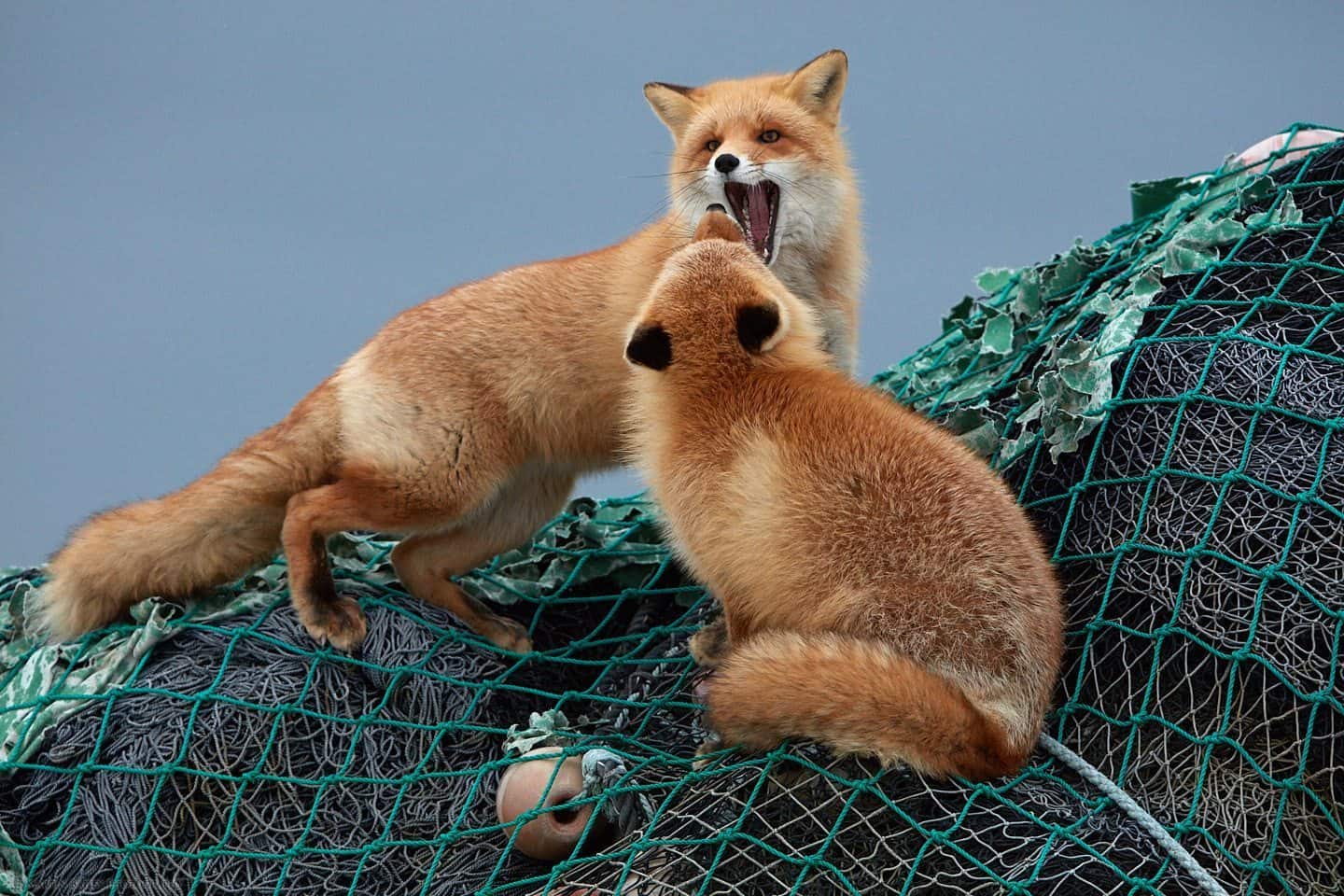
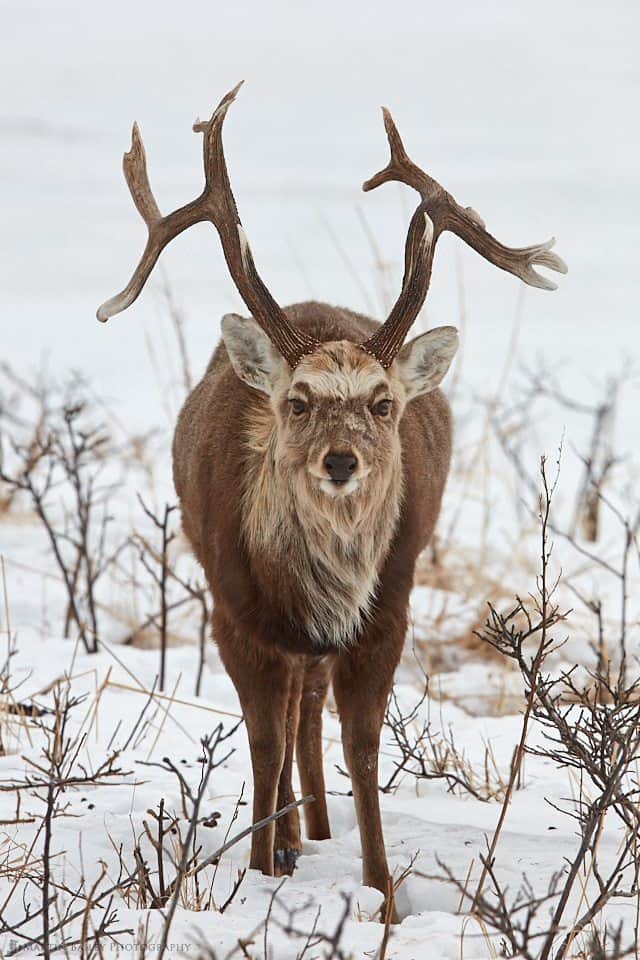
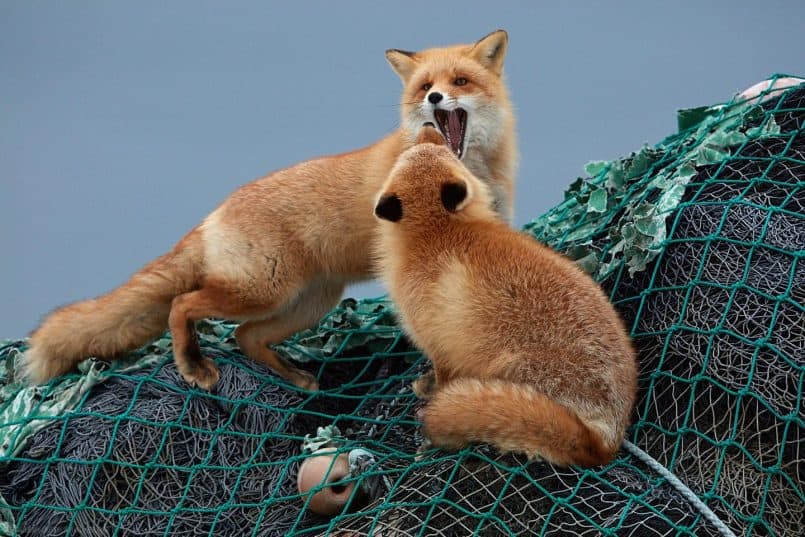


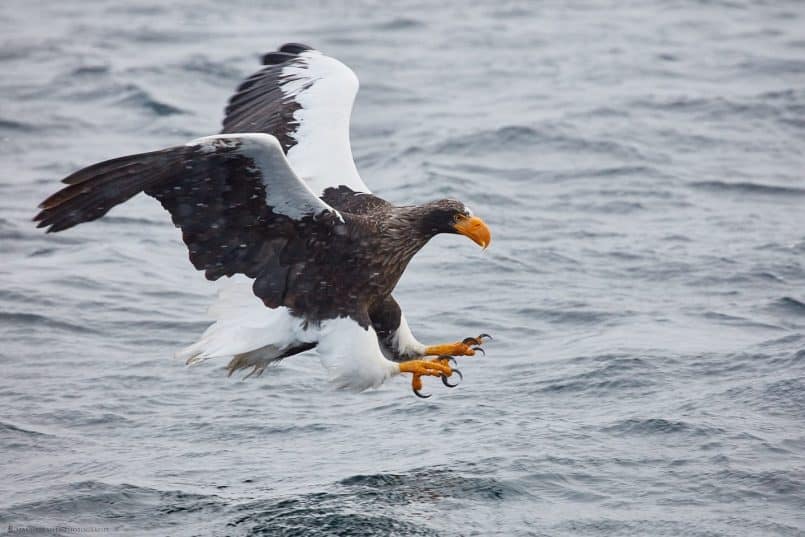
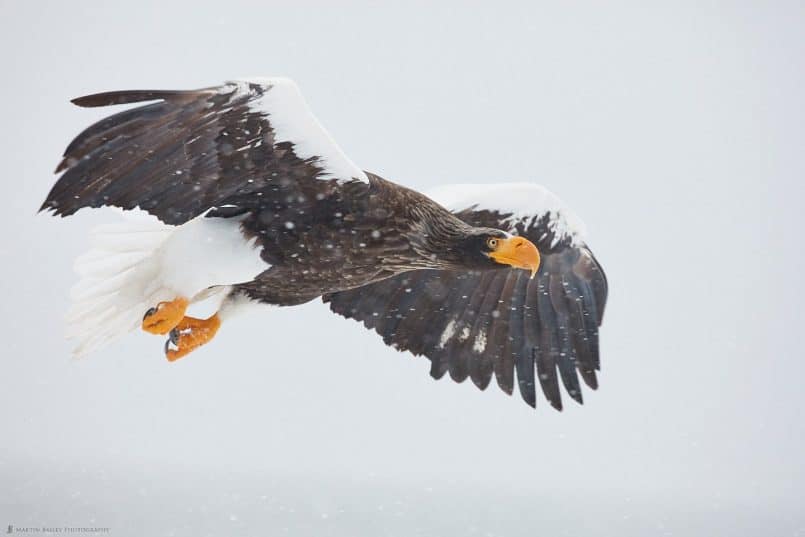

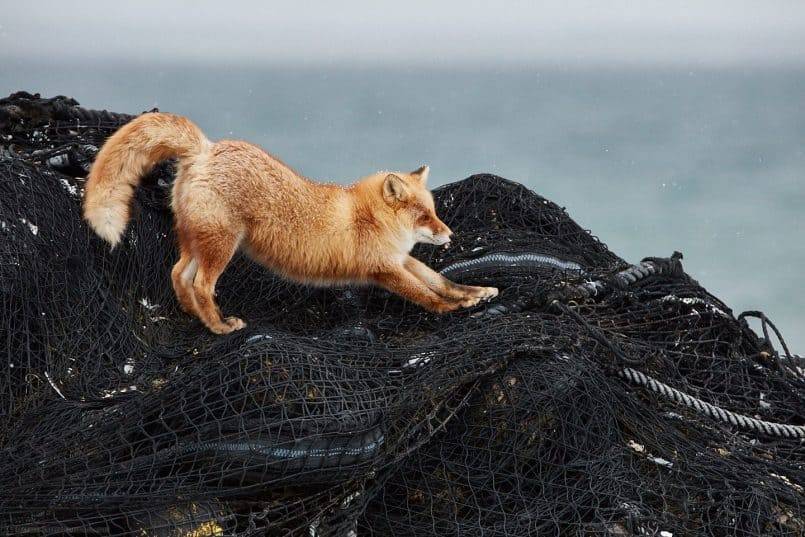
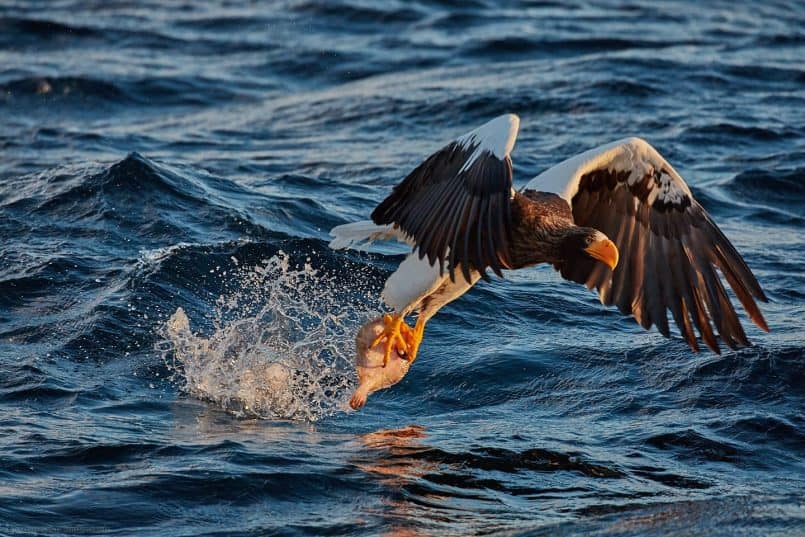
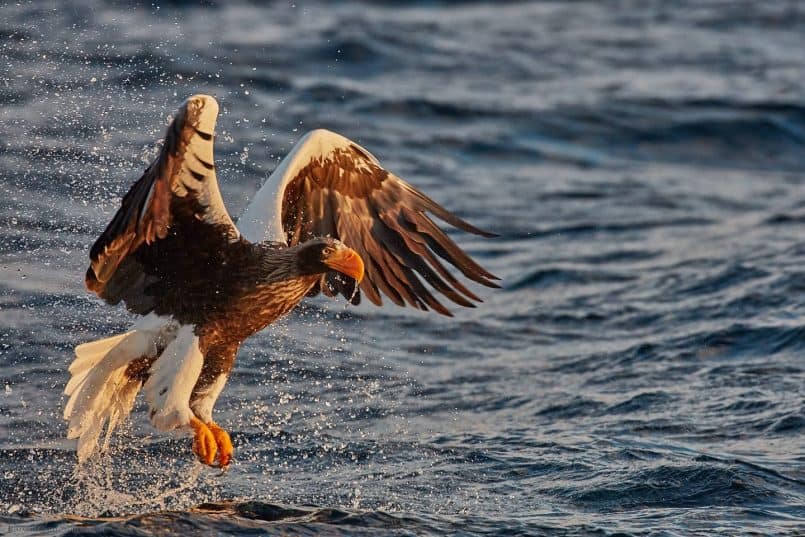
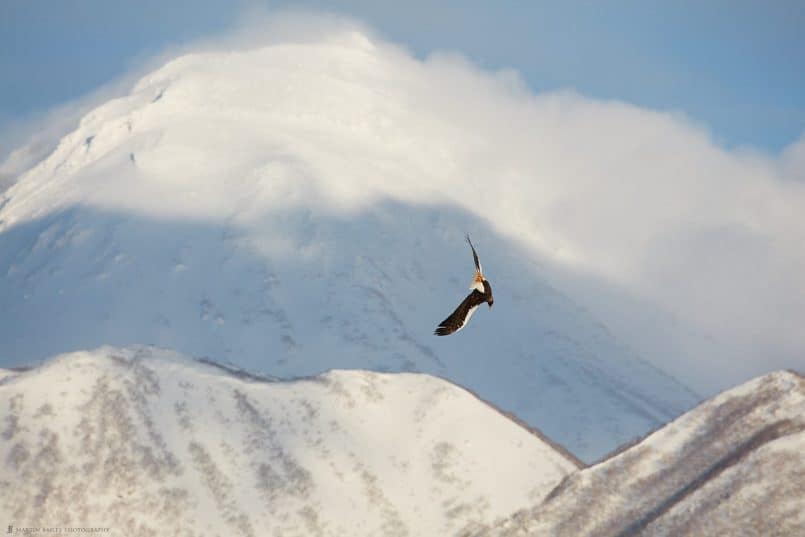
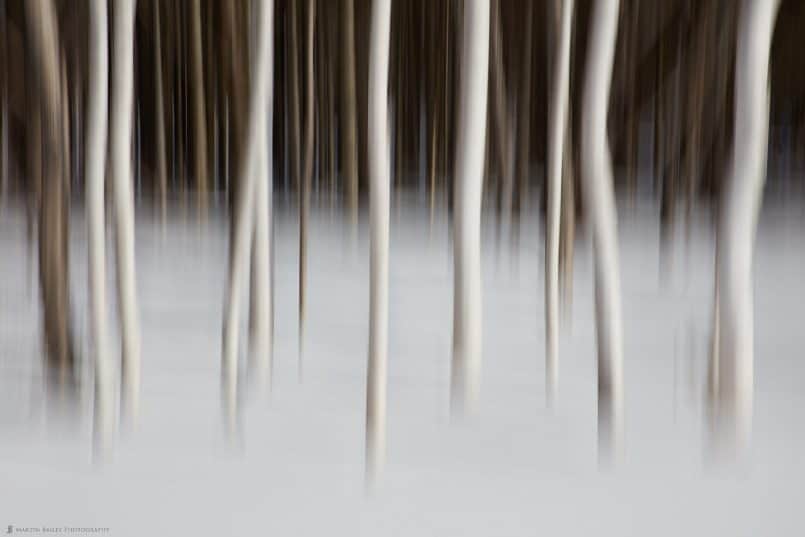
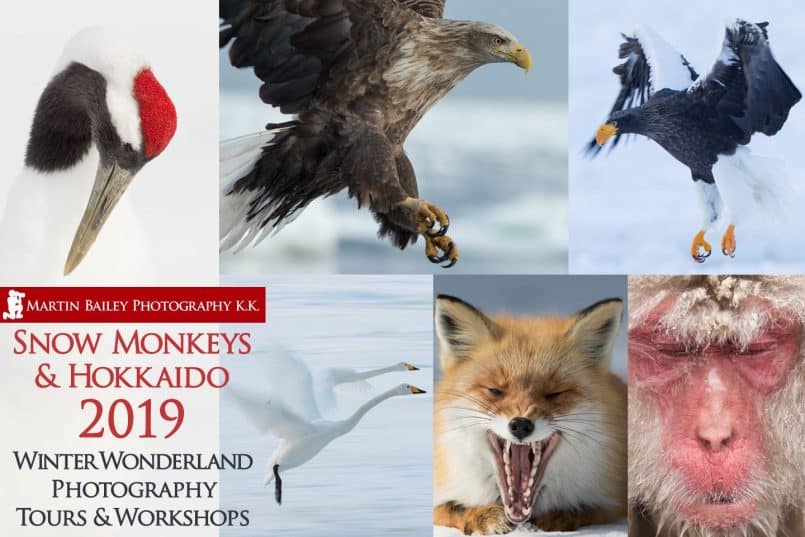

Another excellent podcast Martin, I really enjoy them. I agree the Canon 5Dsr is an excellent wildlife camera as my images from our 2017 tour atest. Thanks once again!
Thanks Lesley.